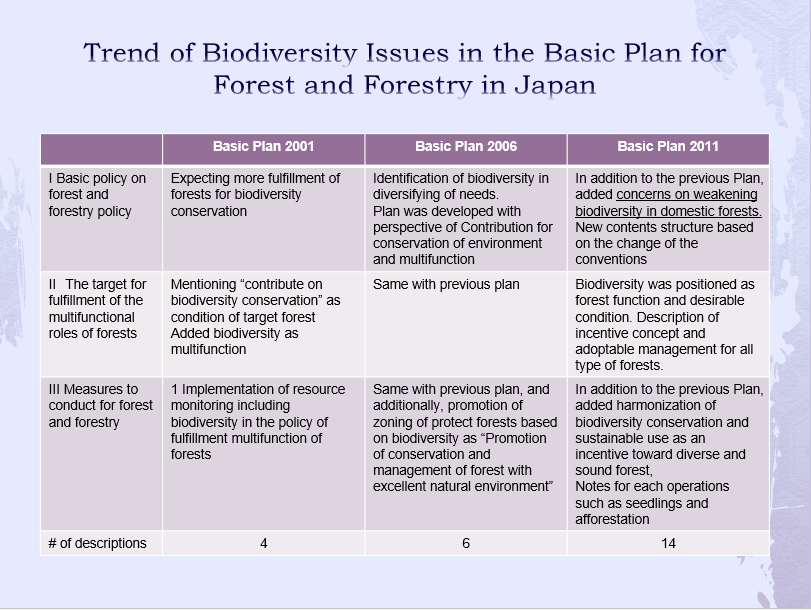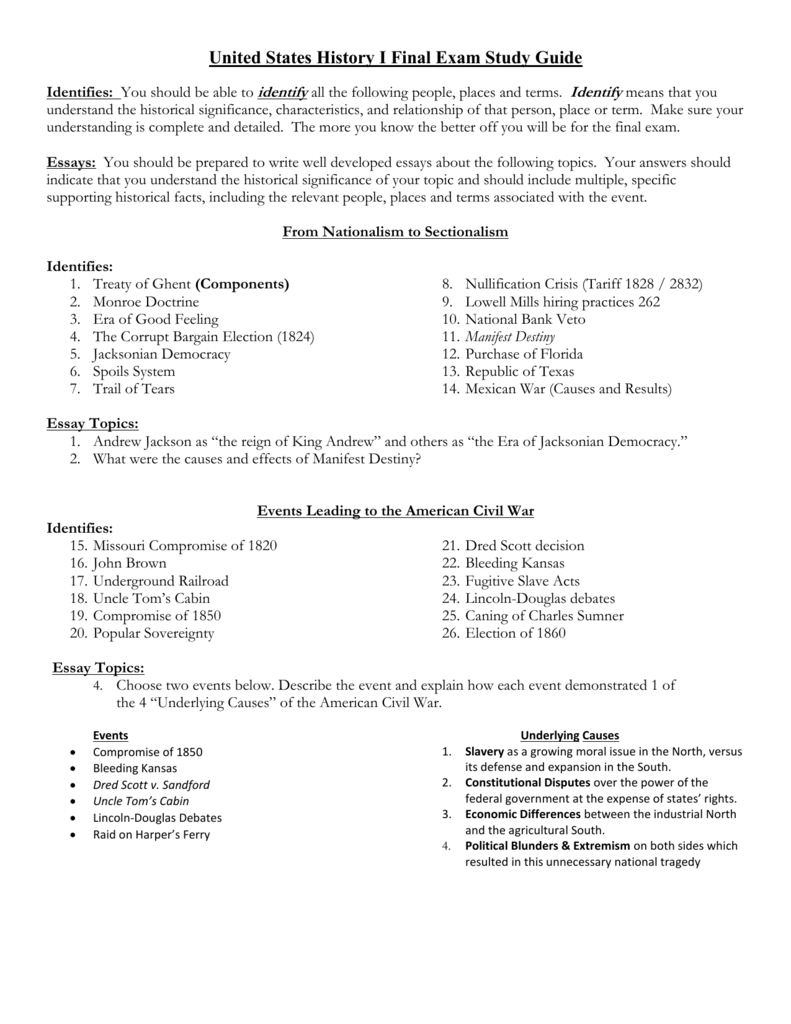ABSTRACT Title of Dissertation: AN EXAMINATION OF A.
Structural equation modeling ( SEM) is a form of causal modeling that includes a diverse set of mathematical models, computer algorithms, and statistical methods that fit networks of constructs to data. SEM includes confirmatory factor analysis, confirmatory composite analysis, path analysis, partial least squares path modeling, and latent.Using Structural Equation Modeling to Understand the Role of Positive Family Factors in Pediatric Asthma Contexts Asthma is the most prevalent chronic illness in children today, affecting one in ten children at any given time (Center for Disease Control, 2013). In 2014, more than seven million.Structural Equation Modeling Techniques and Regression: Guidelines For Research Practice by D. Gefen, D.W. Straub, and M. Boudreau STRUCTURAL EQUATION MODELING AND REGRESSION: GUIDELINES FOR RESEARCH PRACTICE David Gefen Management Department LeBow College of Business Drexel University Detmar W. Straub Department of Computer Information Systems.
Structural Equation Modeling, or SEM, is a very general statistical modeling technique, which is widely used in the behavioral sciences. It can be viewed as a combination of factor analysis and regression or path analysis. The interest in SEM is often on theoretical constructs, which are represented by the latent factors. The relationships between the theoretical constructs are represented by.Structural-equation modeling is an extension of factor analysis and is a methodology designed primarily to test substantive theory from empirical data. For example, a theory may suggest that certain mental traits do not affect other traits and that certain variables do not load on certain factors, and that structural equation modeling can be.

Structural Equation Modeling Consulting. Completing your dissertation means moving on with your life, and analyzing your structural equation model is the means to complete your dissertation. As experts in structural equation modeling, with over 18 years of dissertation consulting success, and our own dissertation experience, we are well.












